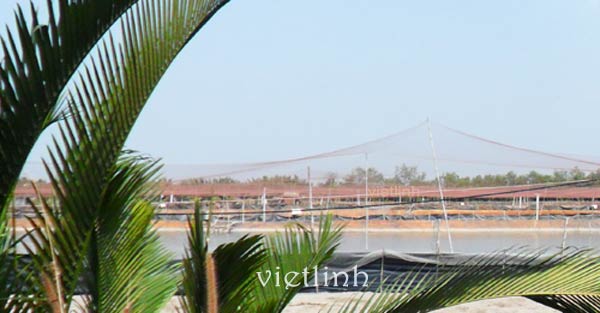Water hardness measures the content of water-soluble minerals. They are mainly salts containing calcium ions (Ca2+) and magnesium ions (Mg2+). Water hardness is measured by a TDS meter. TDS stands for “total dissolved solids.”
Water hardness is defined as the number of calcium carbonate salt (CaCO3) in water. It is reported in miligram/liter (mg/L), or parts per million (ppm). The table below will explain different degrees of water hardness in farming ponds:
0-75 ppm CaCO3 |
Soft water |
75-150 ppm CaCO3 |
Slightly hard water |
150-300 ppm CaCO3 |
Hard water |
Trên 300 ppm CaCO3 |
Very hard water |
The hardness of water in ponds and lakes suitable for shrimp and fish farming is 20-150 ppm.
Water with high levels of hardness (over 300 ppm, or over 300 mg/L) will make shrimp difficult to peel and reduce shrimp growth.

© 2019 Viet Linh